Unlike modern clothing, which is updated so frequently, the development of antique Chinese clothing was not only accompanied by the change of dynasties, but also combined with the level of fabrics of the time.
However, there is no doubt that different periods in ancient China had distinctive fashion items.
01 Shenyi in Han Dynasty
In 1972, when the three-month archaeological excavation ended, the archaeologists of Tomb No. 1 of the Mawangdui Han Tomb in Changsha were still excited.
During the subsequent work, they discovered a dozen pieces of well-preserved Western Han costumes, thus opening a window for later generations to peek into the aesthetics of the dress worn by ancient Chinese 2000 years ago.
The relics of the tomb that the archaeologists cleaned were from the tomb of Xin Zhui, the wife of Li Cang, the prime minister of Changsha in the early Western Han Dynasty.
Based on archaeological and textual records, we know that there were two main types of clothing for the ancient Chinese during the Qin and Han dynasties.
- Type Yichang (衣裳), in which the clothing of the upper body and the lower body were not connected;
- Type Shenyi (深衣) in which the upper garment and the lower garment were connected into one.
The type Shenyi can be divided into two kinds.
- Quju Shenyi (曲裾深衣), the lapel should be bent and coiled at the waist, and then fixed with a belt.
- Zhiju Shenyi (直裾深衣), the lapel is right-angled, and after putting on the body, one side of the lapel is perpendicular to the ground.
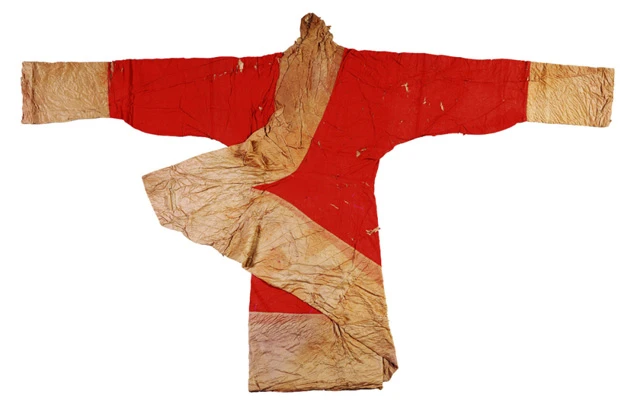
Quju Shenyi
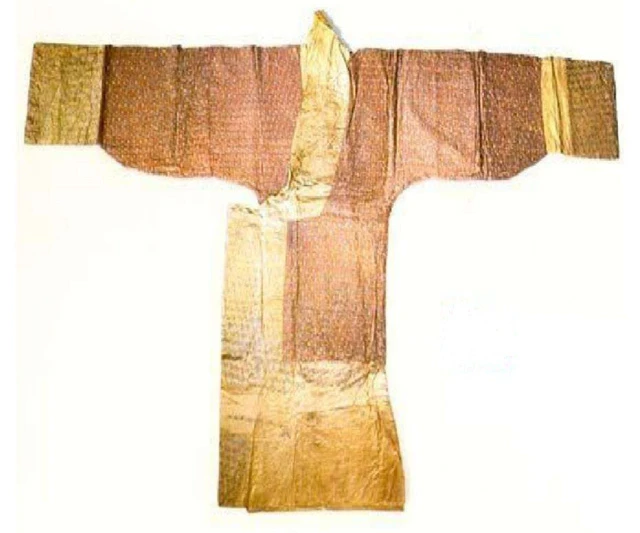
Zhiju Shenyi
Among the unearthed artifacts, there is a Su Sha Dan Yi weighing only 49 grams, which is a style of Zhiju Shenyi, the appearance is really as thin as a cicada, and can even fit into a matchbox after folding, thus showing the sophistication of the ancient textile technology.
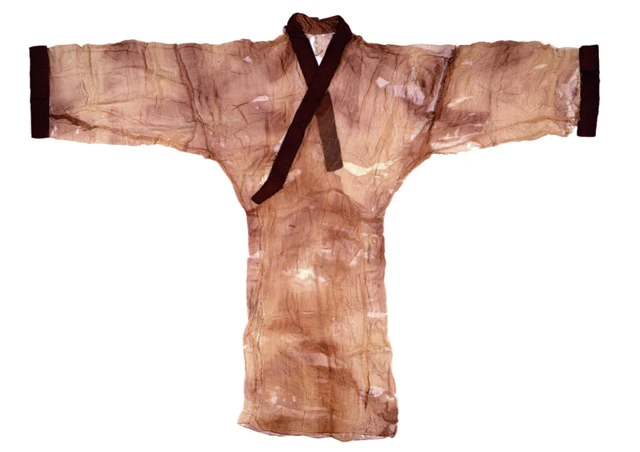
Su Sha Dan Yi
Quju Shenyi, as a fashion antique Chinese clothing for a long time before the Wei-Jin and North-South Dynasties, and was the formal occasion dress code, but its design was complex, and used a lot of materials, and was not simple in the design of clothing, but why it was popular for a long time?
One of the experts' speculations is that the ancient people basically did not wear underwear before the Wei-Jin and North-South Dynasties.
Archaeologists found when cleaning the well-preserved corpse of Xin Zhui that there were no traces of underwear or pants at all. Likewise, in the sarcophagus of the Eastern Han Dynasty tomb in Yibin, Sichuan, a performer doing juggling, upside down, with his Shenyi sagging, resulting in indecent exposure.
Today, it is hard to imagine this embarrassment for the ancients, but in the long years before the Wei-Jin and North-South Dynasties, it was a common phenomenon. And Quju Shenyi is designed to wrap the body completely, so the ancient people wore Quju Shenyi in formal occasions.
02 Kun in Wei-Jin and North-South Dynasties
Before the Wei-Jin and North-South Dynasties, there are kinds of underwear in antique Chinese clothing, but it was far from what we understand as underwear today, and ancient people wore it less frequently.
In the 2nd century B.C., the great literary figure Sima Xiangru visited the home of the rich Zhuo Wang Sun in Linqiong, and to his surprise, Zhuo Wenjun, daughter of Zhuo Wang Sun, fell in love with Sima Xiangru and ran away with him.
Zhuo Wang Sun was furious about this and ignored his daughter and son-in-law for a long time, causing Sima Xiangru and Zhuo Wenjun to open a wine store in the market. Sima Xiangru often wore only a "Kun (裈)" and washed pots and pans with the shop staff to save costs. Zhuo Wang Sun felt that he had lost all his face. He had no choice but to send money to his daughters so that they would stop doing menial work.
Sima Xiangru's pants were also called "Du Bi Kun (犊鼻裈)" at that time.
In addition to the "Du Bi Kun", the ancients also wore a "Ku (袴)" to keep warm inside their bodies, which came in two forms: Jing Yi (胫衣), only over the lower legs, leaving the thighs and crotch uncovered. And another type of "Kun" was somewhat similar to modern pants, but the buttocks were completely empty, so it could be considered an ancient version of open-crotch pants.
It is surprising to think that such a gorgeous Han dynasty garment could contain such a secret on the inside.
03 Ku Zhe costume Wei-Jin and North-South Dynasties
As early as the Warring States period of King Wu Ling of Zhao (c. 340 BC - 295 BC), for military warfare purposes, the state of Zhao used to make an ancient Chinese version of pants in its cavalry units, modeled after the nomads who rode horses in the north, to facilitate riding and fighting.
However, with the fall of Zhao and the unification of the Qin, the improvement of Zhao's Hu clothing was short-lived. Although this form of wearing tops and pants, which was modeled after the Hu people in the north, was widely popular among the soldiers and laborers in the Han Dynasty, the upper class, and the common scholar class still widely popularized the form of Shenyi and Yichang.
The real large-scale wearing of pants had to wait until the period of the Wei-Jin and North-South Dynasties.
Soon after the establishment of the Western Jin Dynasty (265-317), the "War of the Eight Princes" took place, and with the successive southward movement of the northern Hu tribe, antique Chinese clothing began to be influenced by the impact, the biggest impact of which was that the Han Chinese in the Central Plains began to learn from the nomads and put on pants on a large scale.
According to a terracotta figurine excavated from the ancient tomb of King Changshan-Yuan Shao in the Northern Wei, the male figurine is wearing a knee-length robe with a drawstring waist and wide sleeves, and a pair of large-mouthed pants underneath.
It was a widely popular Ku Zhe costume (裤褶) in the northern dynasty with a top coat and bottom pants. Learning from the northern Hu clothing, the implementation of the upper top and under pants, but at the same time, combined the southern popular wide robe and broad belt clothing style, truly a fusion of the North and South.
Ku Zhe costume slowly spread from the army to the court officials group, and later even developed into a formal dress to participate in the court meeting, this form of dress, but also profoundly affected the style of wearing bundles thereafter.
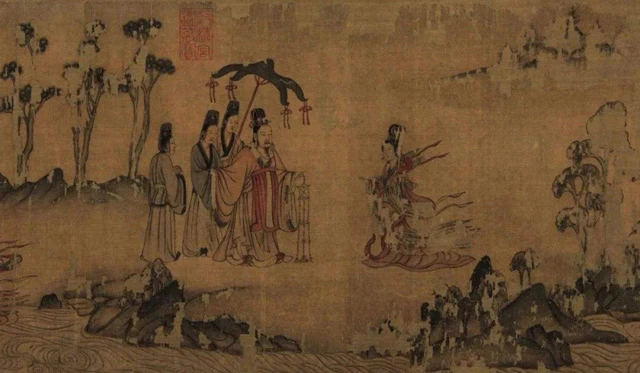
The Picture of the Ode of the River Goddess
Wei-Jin and North-South Dynasties long division and turmoil, political relaxation, and human nature advocates freedom and openness, making the Wei, Jin and the North and South Dynasties period of clothing pursued wide and comfortable.
At that time, up to the court princes, down to the people, are wide clothes and large sleeves for fashion, in addition to the working people wearing short clothes and long pants, other classes of people like this easy and casual, wide, and free clothing.
04 Costume in Tang Dynasty
The costumes of the Sui and Tang dynasties incorporated many elements of northern Hu clothing. Under such influence, men's clothing in the Central Plains, which originally had wide clothes and large sleeves, also had elements of dress with small sleeves and round collars. At the same time, the decoration of head crowns was also changing.
During the Qin and Han dynasties, the nobles and bureaucrats wore Guan (冠) and Bian (弁), while the ordinary people were wearing turbans, or Ze (帻), to wrap their hair. Since the Ze was black or green, the Qin Dynasty referred to the ordinary people as Qianshou (黔首, Qian, meaning black), and the Han Dynasty referred to the servants as Cangtou (苍头), meaning that the head was wrapped in a green turban.
Common people initially wore turban, and after entering the Wei-Jin and North-South Dynasties, due to frequent warfare, many soldiers in the army also often wrapped their hair with turban, and let the two corners of turban hang down naturally behind the head, which is the earliest origin of Futou (幞头).
Because of the simplicity and convenience of the Futou, from the late North-South Dynasties, the Futou also began to be popular among the upper class. Such as the Emperor Taizong of Tang and the ceremony officials in the painting "Emperor Taizong Receiving the Tibetan Envoy", were wearing this kind of turban.
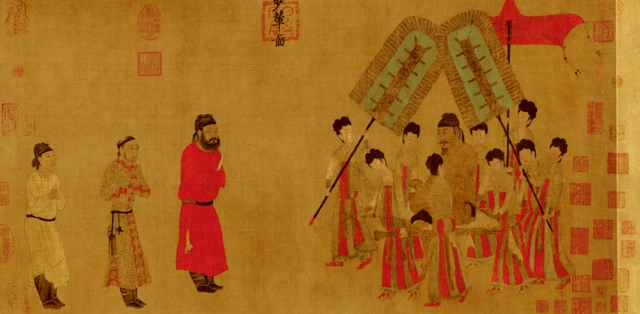
Emperor Taizong Receiving the Tibetan Envoy
Under the influence of this upward trend, the Ku Zhe costume gradually degenerated and faded in the Tang society, and wearing Futou, robe, boots, and belt were popular instead.
05 Women Dress in Tang & Song Dynasties
The dress code of women in the Tang Dynasty also underwent some changes. Women in the upper class of the Tang Dynasty liked to wear short shirts, long skirts, and a "Pei (帔)" like a long scarf on the upper body, and these long skirts were often dragged to the ground, and the waist of the skirt was as high as the chest.
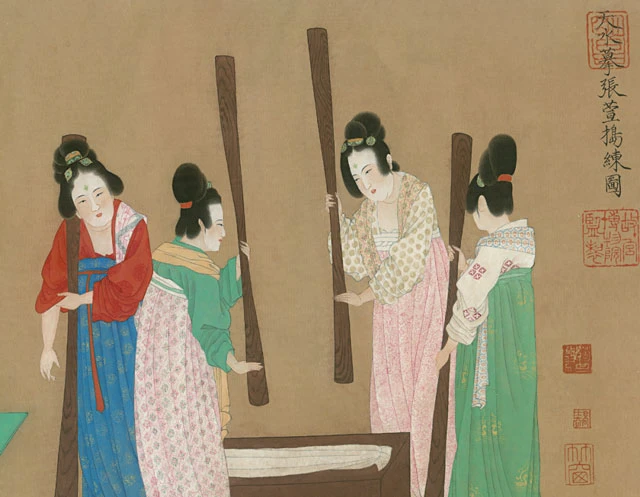
Court Ladies Preparing Newly Woven Silk
This dress style, mainly in the upper-class women, reflects the high status of women in Tang Dynasty society and the exuberant and enthusiastic style of the times.
Not only that, Tang Dynasty women also like to dress in men's clothing, like men riding horses, hunting, and playing around. For example, in the picture "Lady Guoguo's Spring Outing" by the Tang Dynasty painter Zhang Xuan, three ladies dressed in men's clothing, riding together with other noblewomen and ladies-in-waiting to visit spring.

Lady Guoguo's Spring Outing
When discussing the degree of openness of women's dress in ancient times, many articles focus on the women of the Tang Dynasty, but in fact, unlike the low-cut dresses of the Tang Dynasty which mainly appeared in the upper class, the low-cut dresses of the Song Dynasty went much further and even appeared on the ordinary people.
The commodity economy is more developed in the Song dynasty, the era of its ethos followed the legacy of the Tang dynasty. The women of the Song Dynasty liked to wear a Moxiong (抹胸) inside and a Beizi (褙子)outside.
For example, in the Southern Song Dynasty painting "Ge Le Tu Juan", it depicts a group of female court music players, rehearsal scenes, several of the female players are wearing red narrow-sleeved Beizi, and a Moxiong inside.
06 Fashion Trends in Ming Dynasty
After the fall of the Southern Song Dynasty, the Mongols divided the population in the Yuan Empire into four classes: Mongols, Semu, Han (the former people in the former Jin dynasty), and Southerners (the former people in the Southern Song dynasty), and correspondingly, the people of these four classes also had their own regulations on clothing and costumes.
Although Mongolian clothing was prevalent in the official circles of the Yuan Dynasty, the common people were still accustomed to wearing the clothing of the Southern Song Dynasty. The Han people still followed the antique Chinese clothing style.
After the Ming Dynasty restored the Central Plains, the Ming Emperor Zhu Yuanzhang ordered the restoration of Han etiquette and banned the wearing of Hu clothing in the imperial court, and Zhu Yuanzhang asked the whole country to "dress as in the Tang Dynasty". Ming men often wore a kind of robe called the Pao Shan (袍衫) in daily life.
In the materials used in clothing and silk, linen, and woolen fabrics, cotton began to be widely used in the Ming Dynasty. Although cotton has been introduced in the Northern and Southern Dynasties, but it really began to spread popularly in the Southern Song Dynasty, after entering the Ming Dynasty, cotton planting was widely spread throughout the country.
The widespread cultivation and use of cotton also gave birth to a revolution in the raw materials of Chinese clothing and apparel, and led to the cotton textile industry in the Jiangnan region, when it was said that "the cloth of Songjiang (now in Shanghai) is endless to buy, the yarn of Wei Tang (now in Jiashan, Zhejiang Province) is endless to acquisition.
Previously, most of the ordinary people dressed in linen, with the popularity of cotton, greatly improved the comfort of ordinary people's dress.
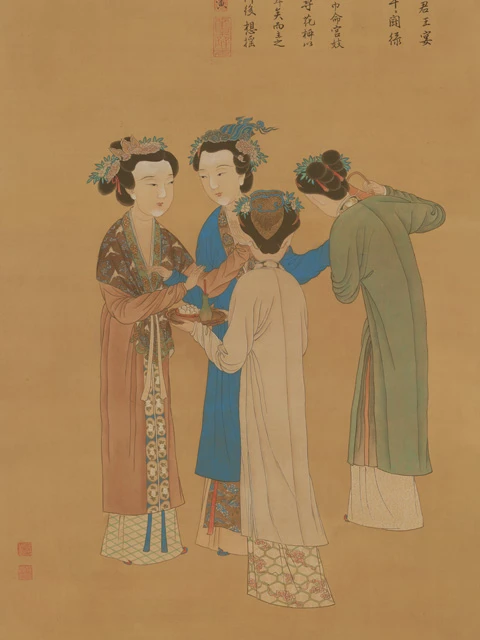
Court Ladies of the Former Shu
07 The Antique Chinese Clothing during the Qing Dynasty
During the Qing dynasty, the ruler strongly implemented the shaving order, and asked all Han subjects in accordance with the Manchu system to shave their hair.
This led to fierce resistance from the Ming people in Jiangnan and other places, after decades of resistance, the Manchu hair shaving order was also forced to promote in the country.
So far, the custom of tying the scarf and wearing a crown was completely changed, but was forced to implement the forehead shaved hair, the back of the brain hair comb braid.
The Changpao (长袍) and Magua (马褂) became the main dress of ordinary civilian men in the Qing Dynasty, and this attire continued until after the fall of the Qing Dynasty in 1912. During the Republican period, the Beiyang government also promulgated the "Fu Zhi An" and listed it as one of the men's regular clothes.
To this day, in some important traditional folk occasions in Chinese folklore, some older adults still wear Changpao and Magua to hold ceremonies.
From the Han Dynasty to the Qing Dynasty, the fashion of antique Chinese clothing has undergone a radical change. Trendy clothing styles were either popularized along with the ease of wearing, or promoted due to the ruler's orders.
Living in modern times, we are unable to understand the charm of every dress in history fully, but thankfully, we can still get a glimpse of it in the long history through cultural relics and ancient books.
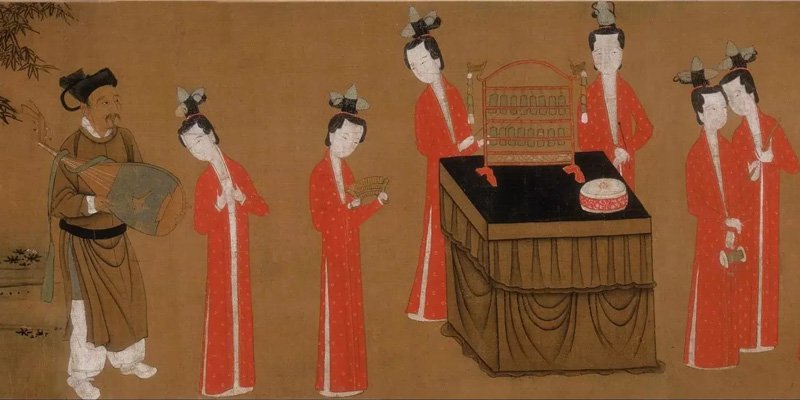
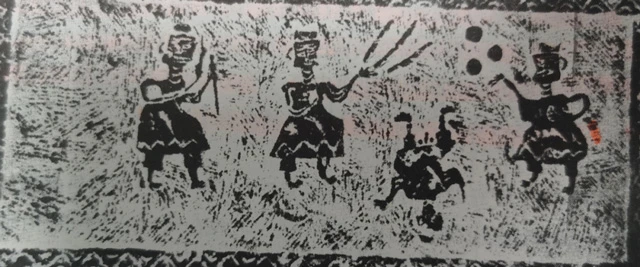
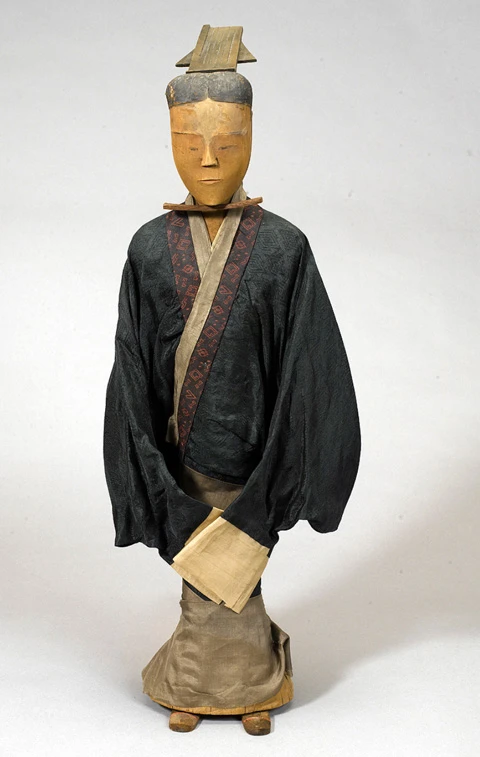
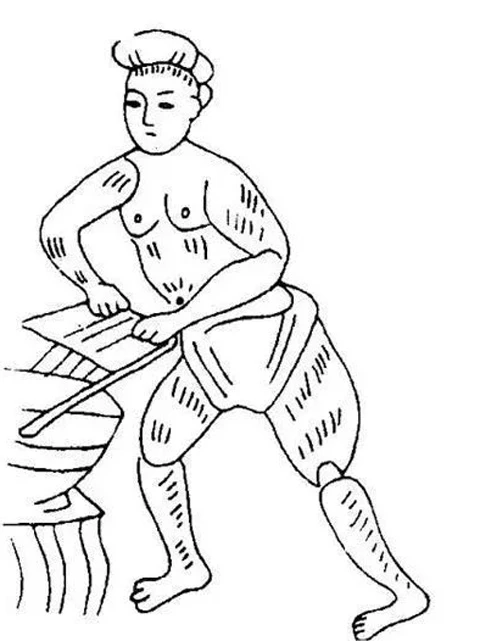
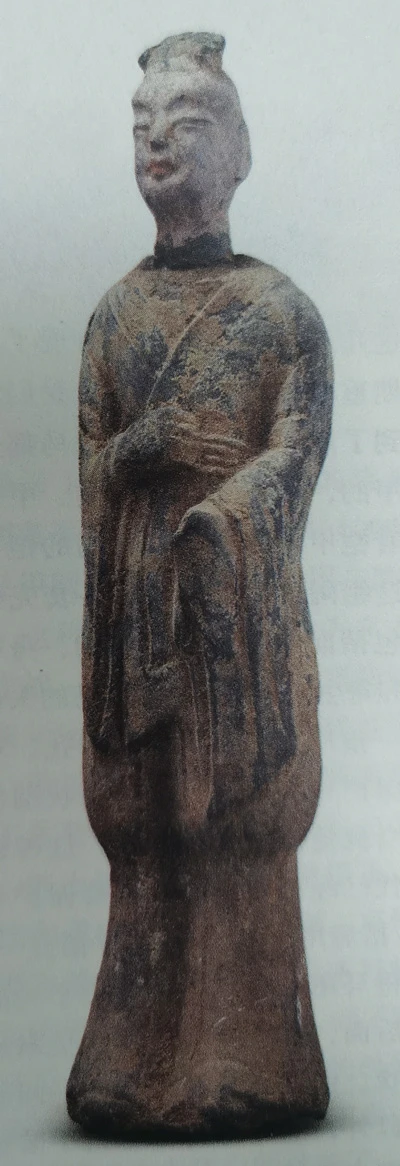
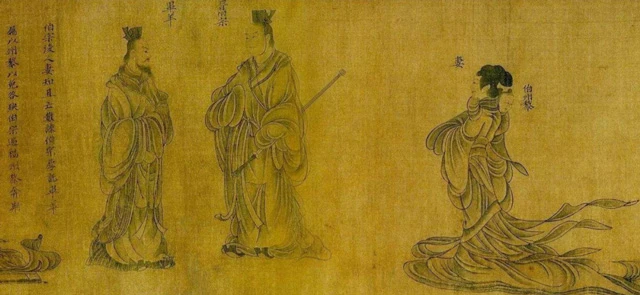
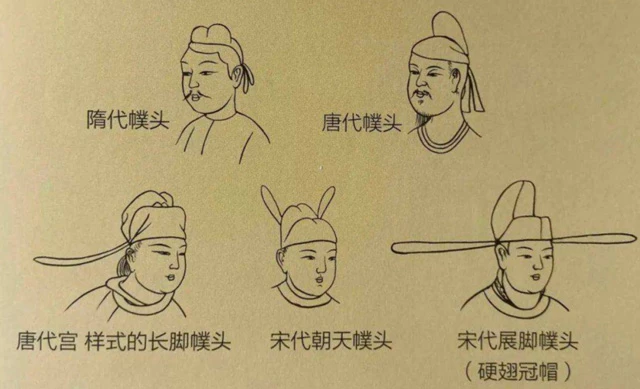
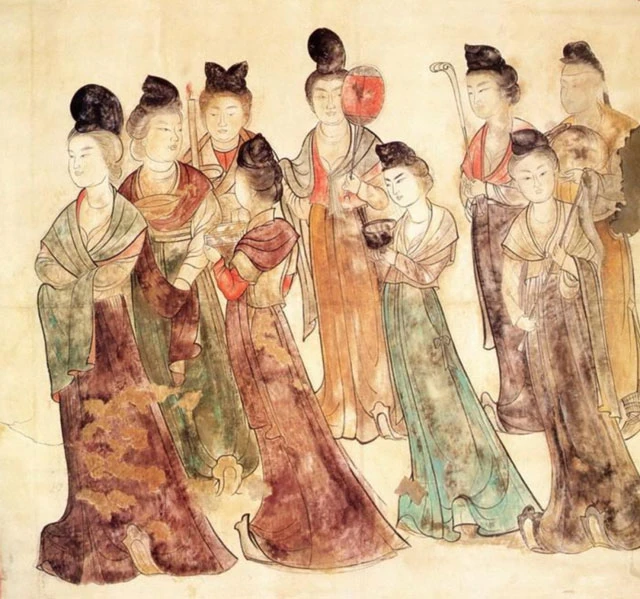
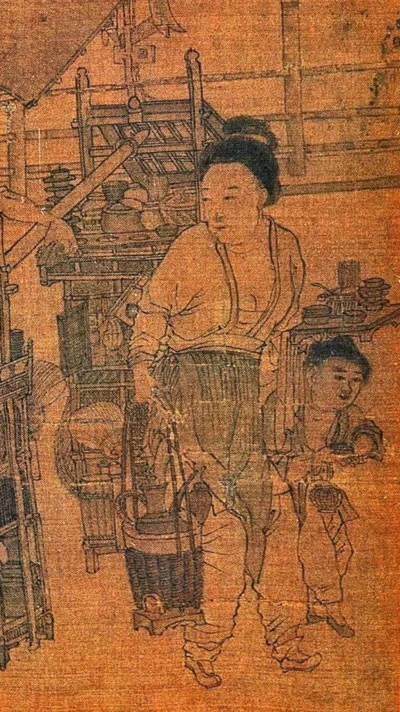

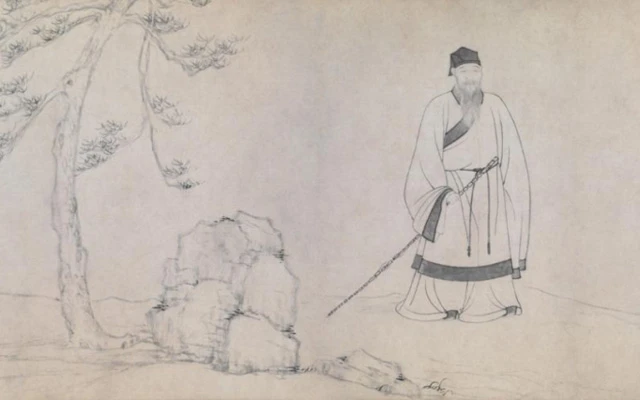
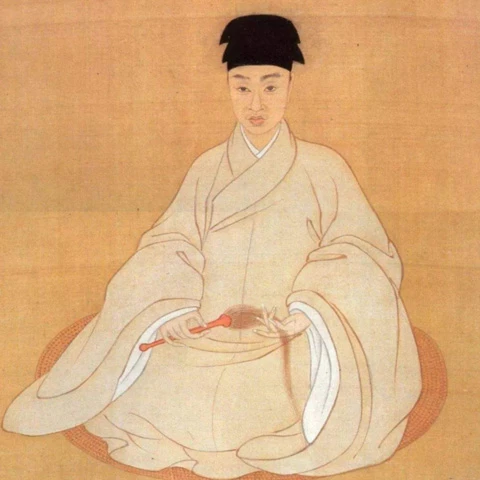
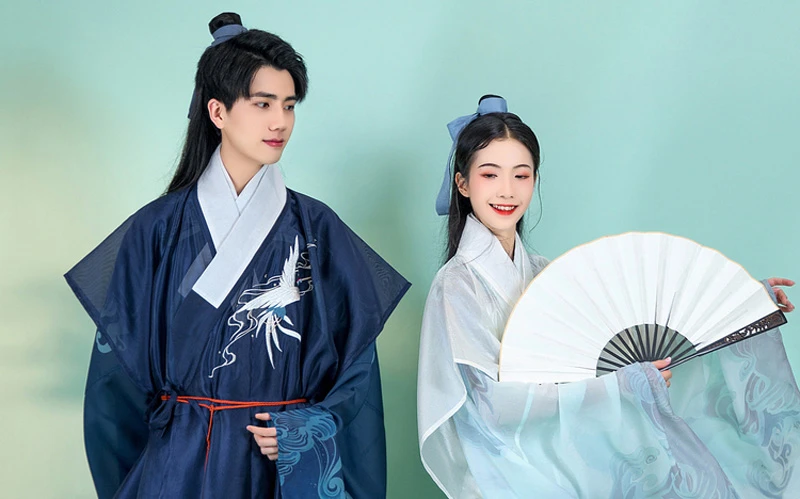
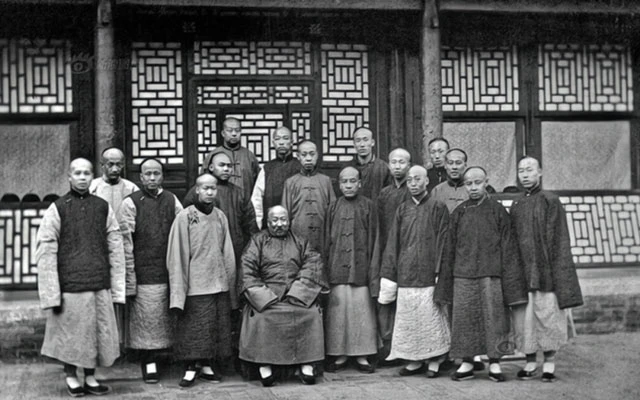

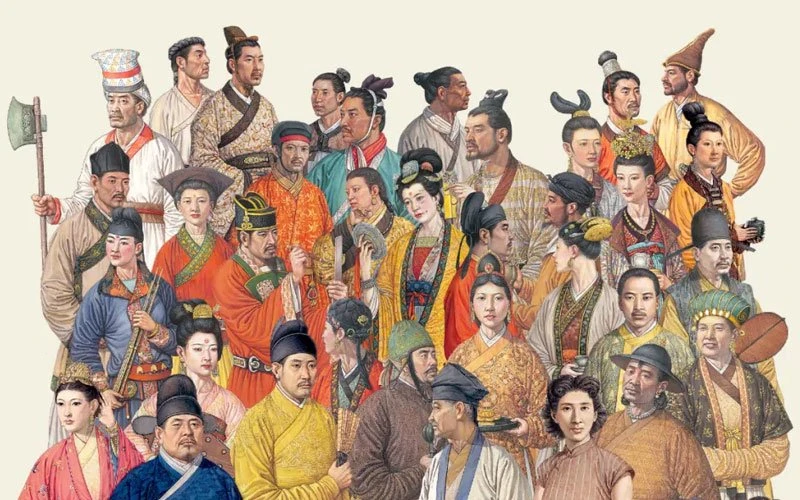

This article has bits of new information! ✨
Oh Lord, the indecent accident 😂😂😭🤣
Benar2 canggih, luar biasa